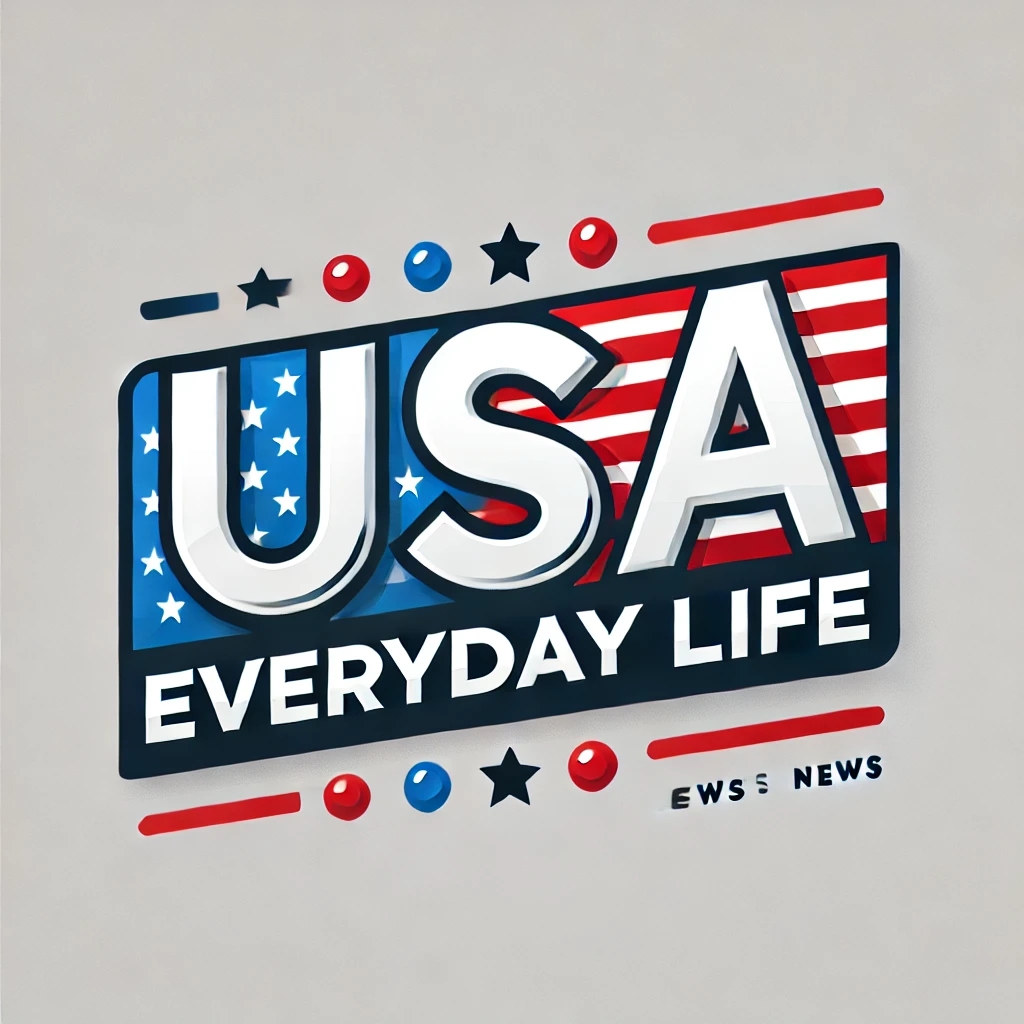Buy now, pay later plans offer an attractive alternative to credit cards for consumers: They allow purchases to be split into short-term, typically interest-free installments.
“Credit isn’t new. Credit’s been around for thousands of years and credit cards aren’t new. But they’ve had a hard time adapting to consumer needs,” said Michael Linford, chief operating officer of Affirm. “I think the thing that we’re seeing in the industry right now is widespread adoption of alternatives to credit cards.”
An estimated 86.5 million Americans used buy now, pay later loans in 2024, according to eMarketer, and that number could rise to 91.5 million in 2025. A recent LendingTree survey found that nearly half of Americans have used a buy now, pay later service such as Affirm or Klarna at least once, including 11% who have used the service at least six times.
“I think it pushes out portions of the credit card industry,” said Moshe Orenbuch, senior analyst at TD Cowen. “Buy now, pay later was kind of created for people who either didn’t want to use credit cards or didn’t have a lot of open [credit] to buy on their credit cards.”
“Every purchase that gets financed through buy now, pay later is a purchase that could have been financed through a credit card or a checking account that they offer that now will not be,” said Kevin King, vice president of credit risk and marketing strategy at LexisNexis Risk Solutions. “So it reduces card transaction activity, utilization — those are major revenue drivers.”
Beyond the direct challenge that buy now, pay later loans pose to credit cards, big banks and financial institutions have other reasons to be cautious of consumers who use these plans, especially as the number of users continues to grow.
“Buy now, pay later to date represents a giant black hole in the credit profile and their understanding of consumer credit quality,” said King.
Watch the video above to find out what’s behind the popularity of buy now, pay later loans, and why traditional lenders such as banks and credit card companies are wary of consumers who use these programs.
